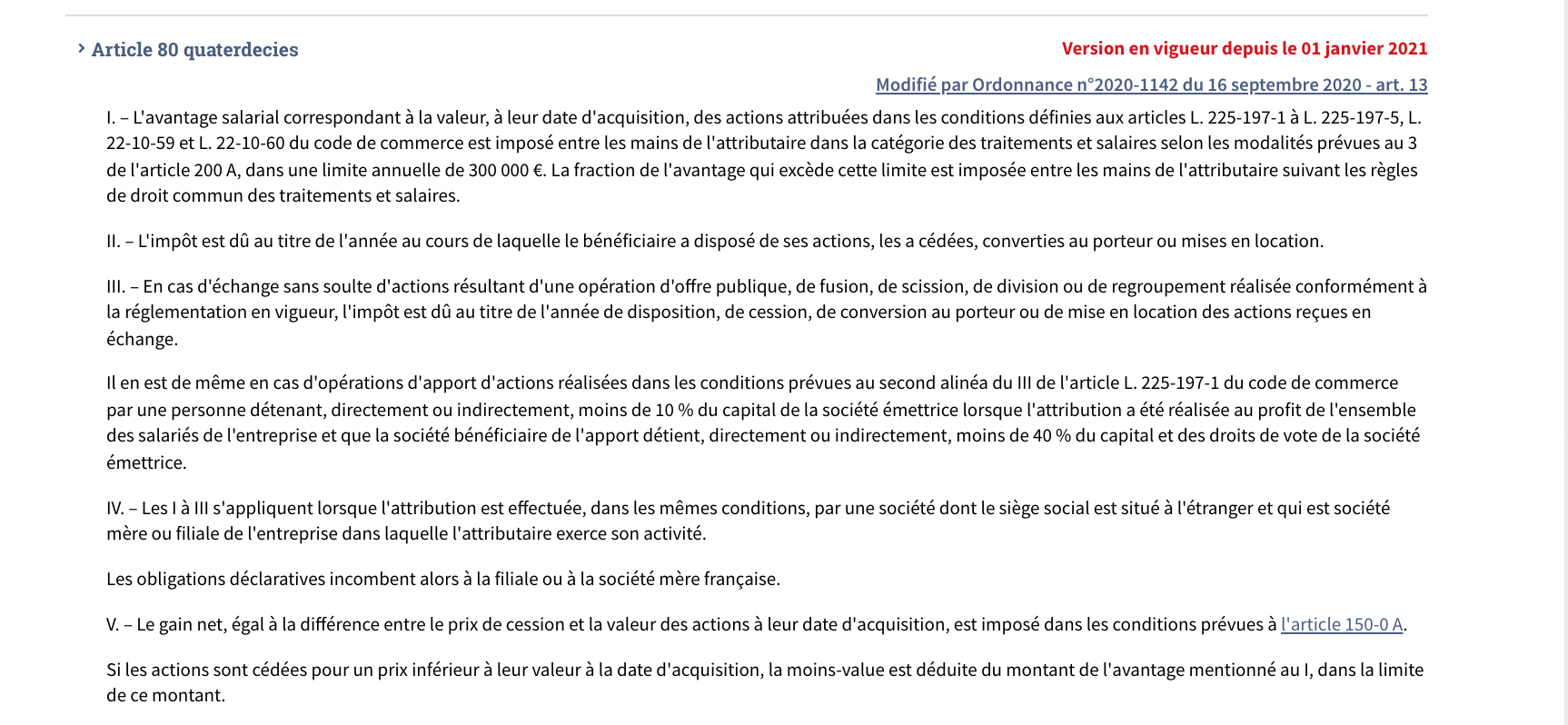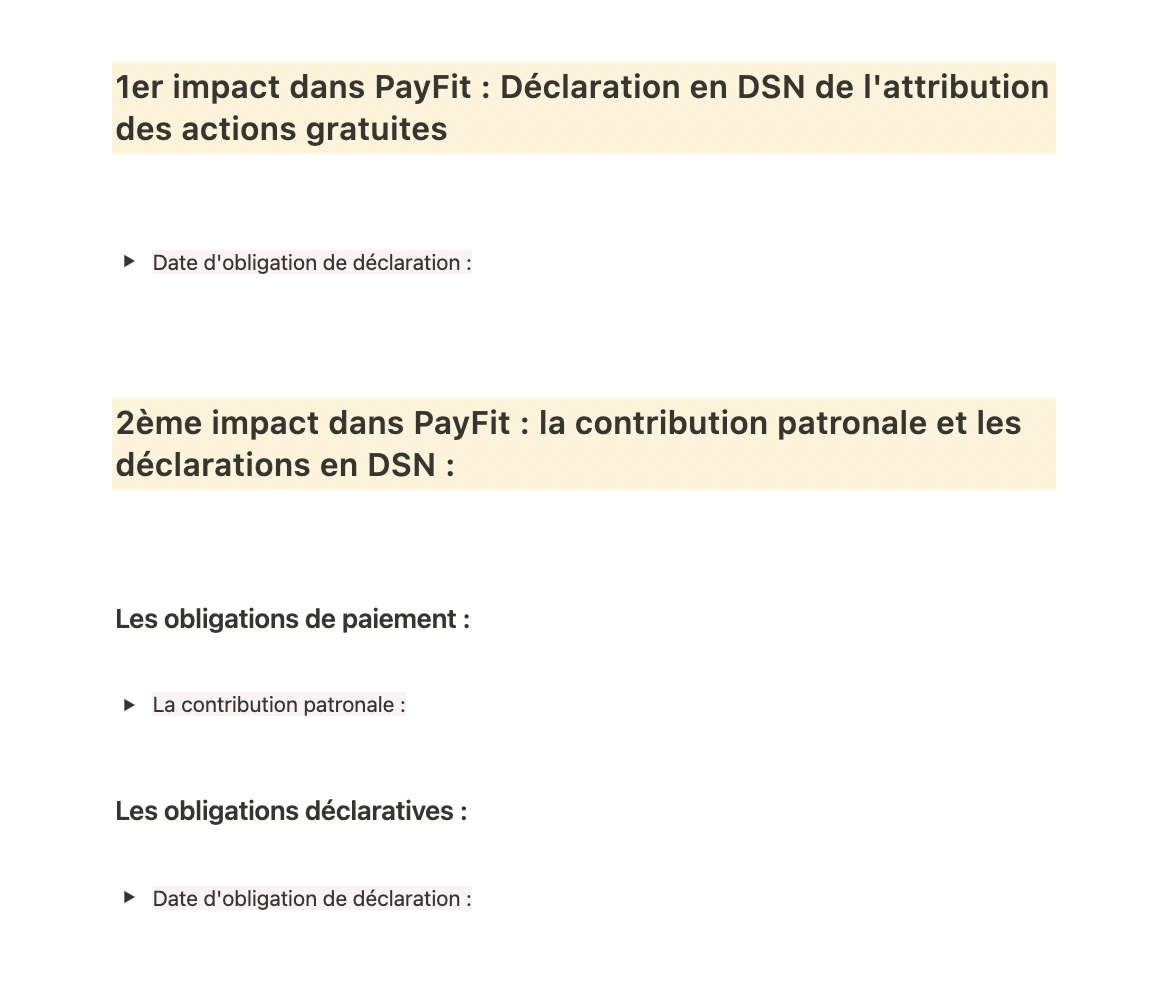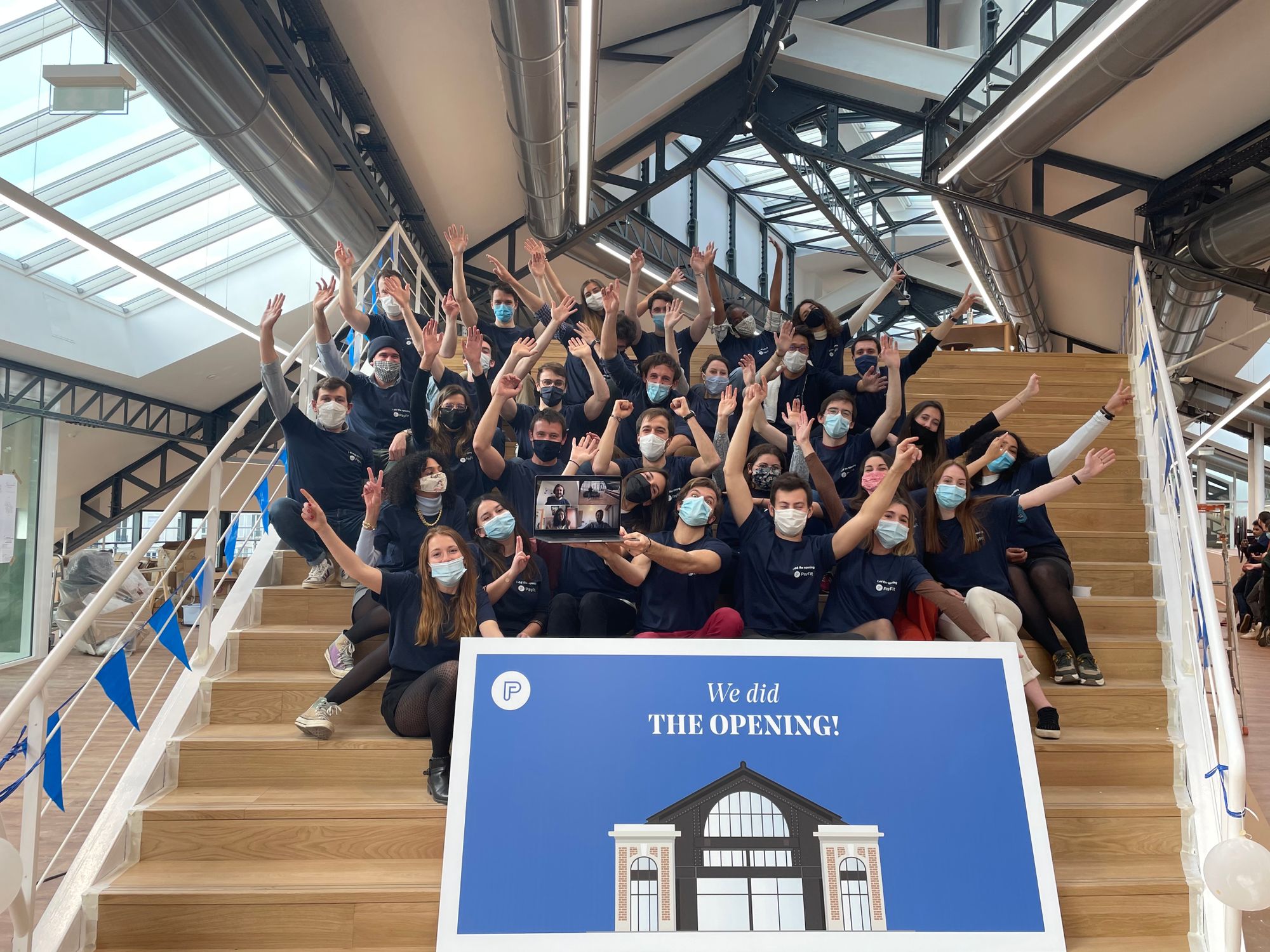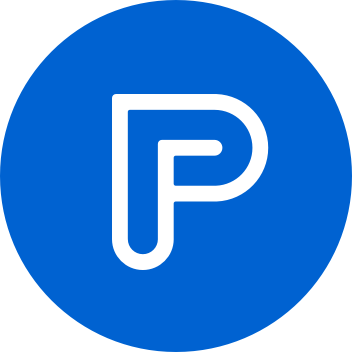At its core, as a payroll provider, PayFit translates long and complex legal texts into a simple and digitized platform that automates all payroll calculations. That implies to bring together legal, product, engineering and UX design skills at a country level.
To do so, an important part of the work rests on the collaboration between two key teams: the Product Compliance team and the Product Builders.
Thus, in every country where PayFit operates, we have on one side, the Product Compliance (PC) teams, which are responsible for making sure that the PayFit application is up-to-date in every legal aspect (considering calculation as well as textual explanation of payroll concepts). On the other side, Product Builders (PB) are responsible for “coding payroll" using PayFit’s internal low-code platform (read more about it here).
This article shows how these two teams manage to ally their respective expertises to meet PayFit core promises, and how knowledge is organized to provide the best value to the PayFit users.
Life of a payroll feature
First, it is important to figure out the 3 main situations in which Product Compliance teams (PC) and Product Builders (PB) collaborate:
- When a new law is issued, PCs analyse it and decide whether it requires the creation or adaptation of a payroll feature.
- When the PB team delivers a new feature, PCs make sure it is compliant with their law interpretation.
- When PayFit starts supporting a new kind of user (via a newly added collective agreement for instance), and existing features need to adapt their scope.
- Finally, PCs and PBs interact on a daily basis for app maintenance. As legal texts can be very complex and PayFit users are very diverse, feature reviews and code update might be required to prevent errors due to the misinterpretation of text.

Overall, the Product Compliance team operates as the bandmaster of the projects: they formulate their need for app compliance and test it in the end.
Analyzing the law for product roadmapping
Every day, new laws and decrees are issued, either in the national labor code, in tax law, or in specific collective agreements. Our Product Compliance teams monitor legal updates all year long, to be able to read through each new publication as soon as it is out..

The PC team thoroughly analyzes all legal texts and extract what can have an impact on the Product.
Thanks to their knowledge of the PayFit app and Product Builder feature scopes, they provide Product Builders with an overview of each new impactful law, the date it must be implemented and which type of users it impacts. From that input, PBs are empowered to plan their roadmaps and define their next priorities.
"Converting" the law into product specs
Next major step for Product Compliance teams is to convert legal texts into a simple note – almost technical specifications. Because they know the PayFit app’s features and experiences inside and out, they are able to write down hypotheses of how the existing interfaces should evolve and react in accordance with law evolution.

This allows Product Builders to understand the law without having specific prior knowledge of it. The biggest challenge for the PC team is to interpret legal texts so that all potential situations for PayFit users are well anticipated.
The purpose is to prevent any grey area for Product Builders to code app features smoothly, and for users not to face unexpected situations. This is the core of PayFit value proposition and therefore of PayFit’s expertise and competitive advantage.
Turning the specs into an intuitive interface
Now that everything is well-defined, it is time for PBs to take the PC "specs" and build the necessary features and options, so that the new experience is available as soon as the legal decrees enter into effect.

This “Product Building” aspect itself relies on our very own low-code Platform called JetLang, which was detailed in this previous article.
How do Product Compliance teams decide on the way the app should behave?
PC teams start their PayFit journey without Product background: they are hired thanks to their legal expertise and ability to explain the law to non-legal experts. But still, one might wonder what makes them the right person to decide where a change of interface is needed.

Product Compliance teams start by listing all of the ways the legal text can apply, depending on the type of users. When it is a new law, they mostly rely on their own understanding and assessments. Due to the diversity of PayFit users - in terms of number of employees, sectors, or contract options - the law has to be examined from lots of different angles in order to create an exhaustive list of the cases in which users could find themselves.
In complex situations, they make a quick test with the Customer Support teams to enlarge the scope of situations that users can find themselves in. This ensures awareness about all grey areas, possible edge cases, and specific situations.
This illustrates the dual role of the Product Compliance teams. They have to fully understand the law but also think about the product User Experience (UX). For instance, they might have an idea of where a legal explanation or concept definition should be displayed, in what format, or at what step of a funnel. These insights are then shared and iterated on with Product Builders.
Thus, in the same way Product Builders is a hybrid role, members of the Product Compliance teams combine unusual skills together: legal skills, to be able to read through law texts; and product skills, to constantly adopt the point of view of both the user and the Product Builder.
Therefore, PB and PC teams complement each other thanks to their respective "hybridness", in order to create more value for PayFit users. This close collaboration also provides a great opportunity for them to continuously learn from others’ expertise.
How do Product Builders perceive these inputs?
Product Builders approach the law with a very rational perspective and generally come up with subtleties that might have been overlooked by Product Compliance teams.
With an (almost) outsider view, Product Builders are able to think about overall experience rather than a single interface. By taking a non-legal and holistic approach, they can make sure the way the law is introduced makes sense for the users.
In the end, it is a two-way interaction: Product Compliance teams also benefit from the ability of Product Builders to challenge them on legal aspects. In fact, Product Builders often develop analytical law skills very fast.
Each team strives to enlarge the scope of their own expertise. Product Builders learn about the logic behind the law, and Product Compliance teams contribute to create an ideal UX. This transfer of expertise allows to popularize law, and in the end, it helps create an intuitive and compliant app for all users.
What happens once the law has been integrated within the app?
Once Product Builders are done coding the legal text into a feature, both teams meet to review and validate it.
Here the Product Compliance team takes on another role: that of the user. They test the application in all the possible situations users could find themselves in.
Testing the application allows them to make sure the feature respects the law to the letter. It requires several iterations from PBs before any customer faces an error. Maintaining a close collaboration from the beginning of the process allows PBs to reduce the number of misconceptions, which accelerates the validation process.
In addition to that, they also help prepare the communication for users, as well as articles for the PayFit Help Center. These various side projects allow them to think about a larger number of situations, and thus give them the ability to warn Product Builders or Customer Support about possible impact from the feature.
A key collaboration for PayFit success
In a SaaS model, there are 3 main goals to reach in order to succeed: achieving the business objectives, having a clear and usable code, and providing a great user experience. PayFit has to consider another one: ensuring compliance with payroll law.
As law is very complex, transforming theoretical text in practical explanations can be challenging. But dealing with complexity is necessary to create value. The structure of collaboration that was created between the Product Compliance team and Product Builders allows them to take this challenge. Other solutions such as using plain writing instead of technical terms helps reduce misunderstandings and miscommunications between the two teams.
Moreover, JetLang, PayFit’s internal low-code platform makes it possible to overcome the legal complexity and develop features at a high speed, and therefore match the users' needs and expectations quicker.
The COVID-19 crisis has provided the greatest example of that. A number of Covid-specific decrees were being released at an important pace (mainly about partial activity) on one side, while, on the other side, our customers were pressured and asking for these measures to be implemented as soon as possible in the app.
In France, by the end of March 2020, several dozens of decrees related to partial activity had been implemented in a record time, after more than 500 legal texts had been analyzed in priority, ahead of other big important reforms.
These difficult times proved once again the value and advantage of this close collaboration. Indeed our reactivity, flexibility, ability to adjust priorities fast, to assert needs and analyze topics quickly contributed to a significant raise of our NPS. PayFit hybrid roles and organization agility allowed it to maintain the trust of its users.
Sharing documentation and processes for a sustainable collaboration
Such a close collaboration implies to constantly transfer knowledge.
Therefore, knowledge management is another pillar of it: both teams should be able to find, understand and challenge information at any step of a project easily. For each impacting decree that is released officially, Through a shared and centralized, per-decree document, the Product Compliance team creates a shared and centralized document that, along with the legal analysis, provides ideas for the user experience, which is then reviewed by the product team.
The teams continuously iterate on their ways of working and storing information. As the organization and teams grow g, knowledge management would have to remain adapted.
A stimulating and unique kind of job
Thanks to their dual role, both teams really become experts in every subject. They are able to understand legal and technical matters in both a theoretical and practical way. While doing so, they learn a lot about each other's craft. The best way to illustrate it is to take the words of Emilie, one of our most experienced Product Legal Advisor
“What really makes me want to stay at PayFit, and I think that no other job would give that to me, is that there is not only the legal aspect, but you have all the Product and UX considerations as well, and thinking about how to communicate the right information.”
By the way, we are hiring both in the Product Compliance teams AND the Product Builder teams in Paris, Berlin and Barcelona ;)
Thank you to Émilie Dusi and Hugo Rivière for their priceless contribution to this article!

